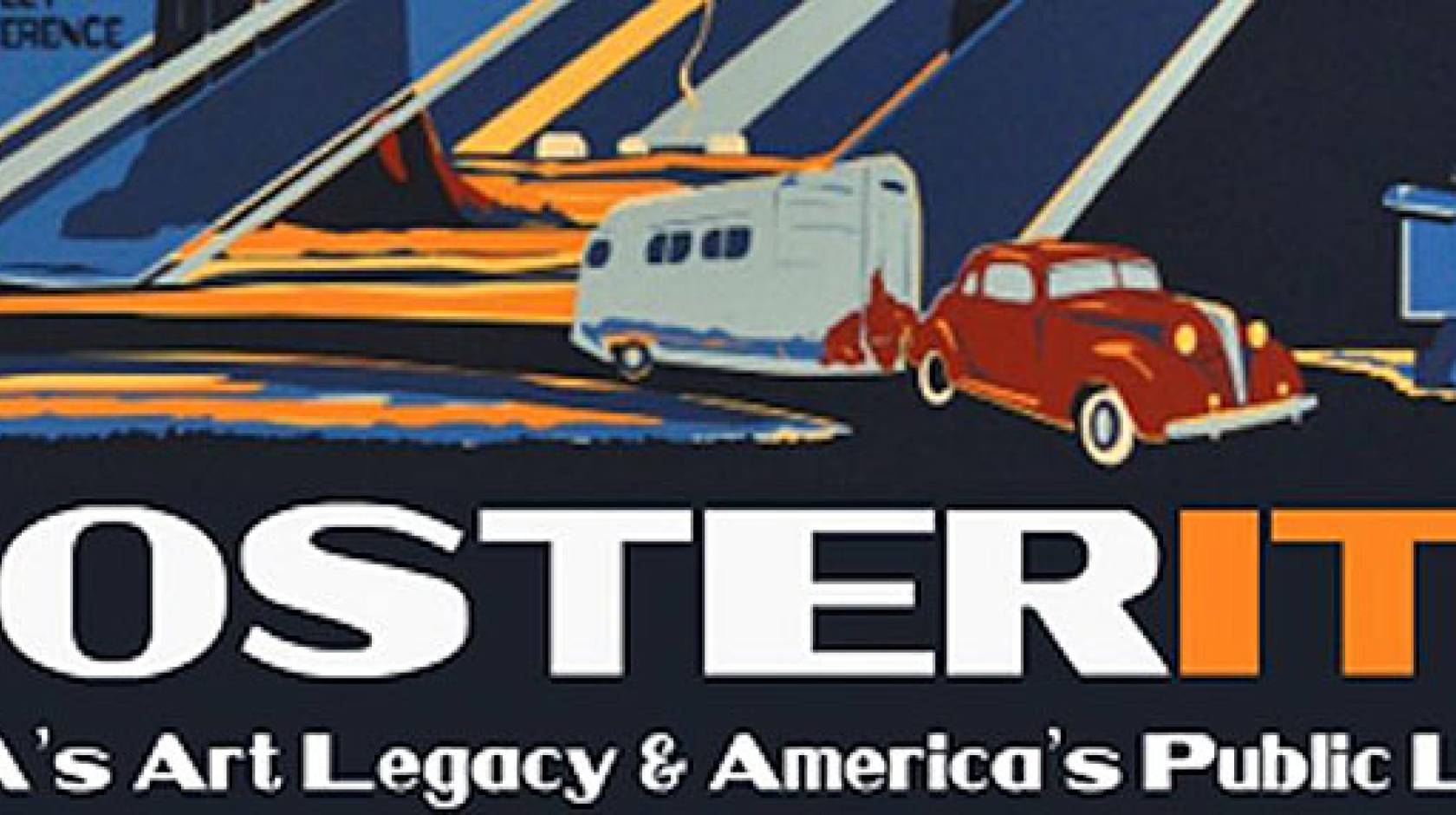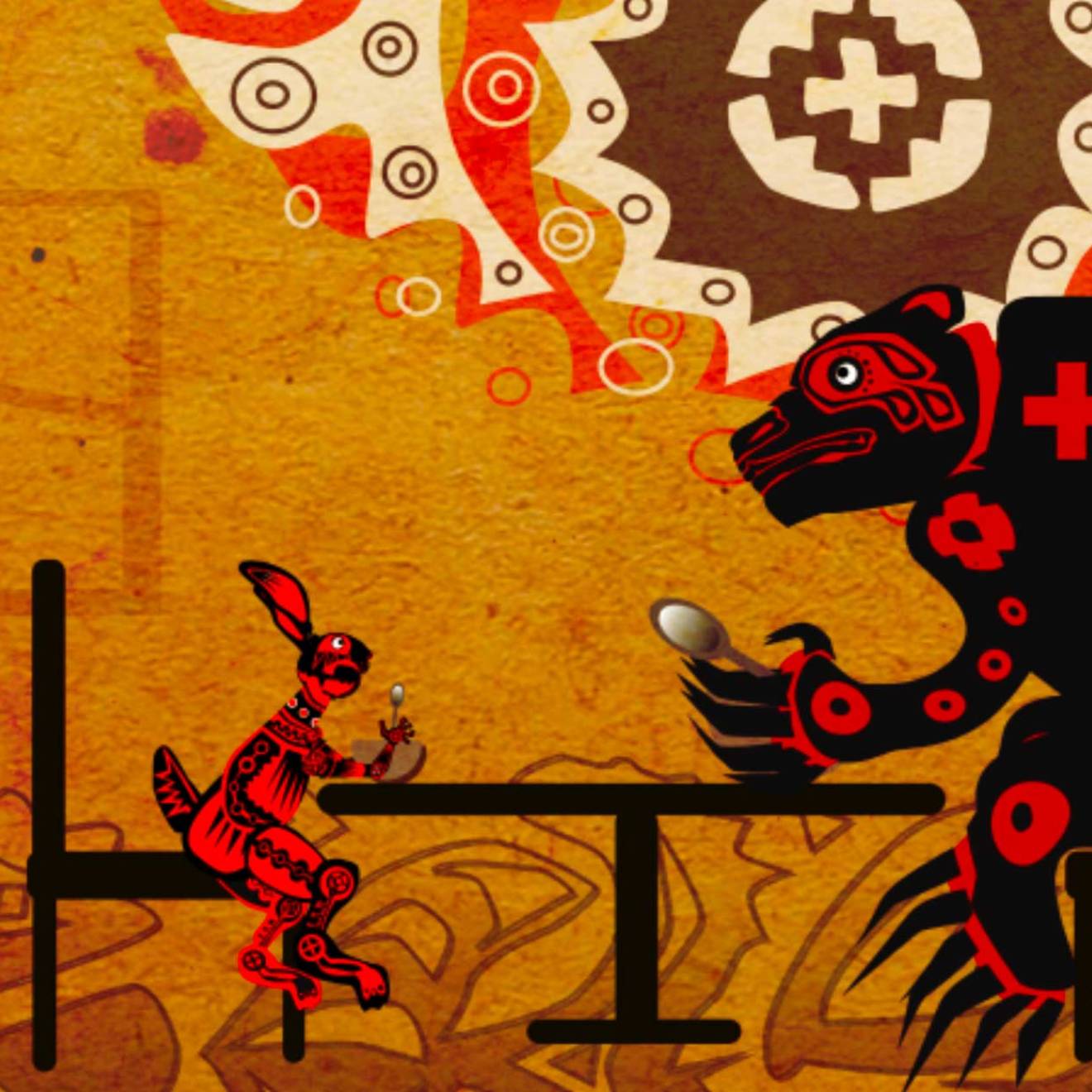Glen Martin, California Magazine

It all started 43 years ago. Doug Leen was working as a seasonal ranger at Grand Teton National Park in Wyoming, and his supervisor told him to clean out a complex of outbuildings south of Jenny Lake. Leen began hauling junk out of a barn when he saw it hanging from a nail: an old cardboard government poster featuring the park’s rugged peaks.
The poster accompanied Leen when he left the park to continue his education and eventually pursue a dentistry career. But he didn’t just tack his find up on the wall next to other posters that were then in vogue—the photo of a kitten dangling from its paws with the caption, “Hang In There, Baby,” or the expressionistic daisy with the legend, “War Is Not Healthy for Children and Other Living Things.” The longer he had the Grand Teton poster, the longer he looked at it, the more he was smitten.
“There was a story behind it,” Leen said, “and I wanted to know what it was.”
So he researched his find, and found that it was one of a series of 14 posters commissioned by the Depression-era Works Progress Administration from 1938 to 1941 to promote the nation’s national parks. All the posters were produced by unemployed artists hired by the WPA, and all were created in a facility on the UC Berkeley campus known as the Western Museums Laboratories. No more than a hundred posters were printed — mostly by silk-screening — for each park.
“Neither the WPA nor the National Park Service considered them fine art,” said Tracy Baetz, a curator with the U.S. Department of the Interior Museum in Washington, DC. “They were given to the parks, and staffers hung them up in their gift shops and headquarters, or gave them away. But the images were both beautiful and distinctive—they had that WPA feel and style that is now widely recognized and prized.”
That realization ultimately led to a concerted effort to track down the lost original park posters, craft reproductions, and even design new posters reflective of the WPA style. Most of the collection is on display for the first time at POSTERity, the current exhibit at the U.S. Department of the Interior’s Museum in Washington, DC.

